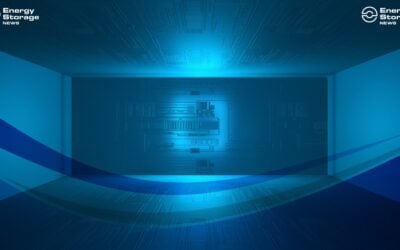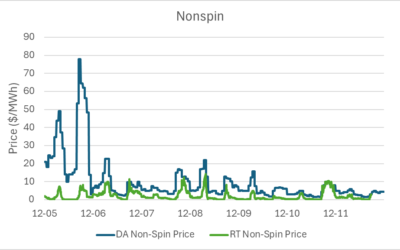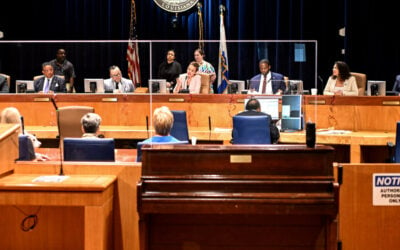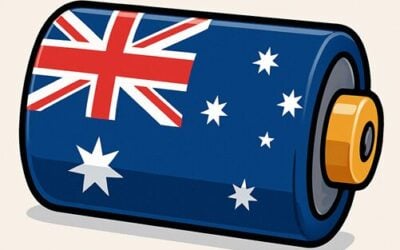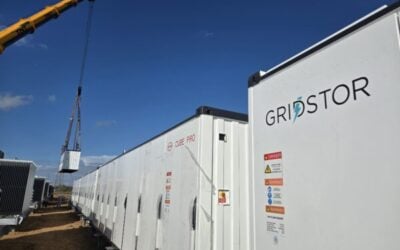A research project conducted in partnership between Abu Dhabi’s Masdar Institute of Science and Technology (MIST), an independent university focused on sustainable technology, and Massachusetts Institute of Technology (MIT) aims to develop effective non-aqueous Vanadium Redox Flow Batteries (VRFBs).
News of the project, which centres on the challenge of dealing with integrating variable power from renewable sources effectively, was carried by outlets including The National and Gulf News.
A website set up for this and other collaboration programmes between the two groups explained the programme’s main aims. Electrochemical energy storage solutions, such as Redox Flow Batteries (RFBs), become an attractive option due to the rapid reaction kinetics in these systems and the decoupled nature of energy and power ratings, the site said. However, RFBs are disadvantaged by the use of aqueous electrolytes, which hold the electroactive species. The temperature of the water limits the operating temperature range for RFBs. Furthermore the open circuit voltage is limited to around 1.2V to keep the aqueous electrolytes electrochemically stable, which in turn limits the energy density of the batteries.
It is also difficult to achieve long term cycling of the aqueous electrolytes because of the potential of electrolyzing the solvent, which is water. Consequently, the project will explore the use of non-aqueous solvents instead of water to create a non-aqueous VRFB. The aim is to create a battery with higher conductivity, better solubility limits, and stable electrodes, said MIT.
Try Premium for just $1
- Full premium access for the first month at only $1
- Converts to an annual rate after 30 days unless cancelled
- Cancel anytime during the trial period
Premium Benefits
- Expert industry analysis and interviews
- Digital access to PV Tech Power journal
- Exclusive event discounts
Or get the full Premium subscription right away
Or continue reading this article for free
The VRFBs being developed will be able to work at up to 20,000 discharge-recharge cycles without diminishing in performance, it is claimed. They would be used to boost renewable energy projects in the United Arab Emirates (UAE) and would be cheaper than current batteries on the market, said Masdar.
The capacities of the batteries are only limited by the size of the tanks used to store the batteries’ electrolytes.
Local news outlets including Saif Almheiri, assistant professor of mechanical and materials engineering at Masdar Institute, said: “Coming up with ways to store renewable energy so it can be banked when plentiful and distributed when needed is one of the more exciting engineering challenges.
“There are a few solutions in the market today, but they tend to be expensive and cannot be used in all the operating environments that require renewable energy uptake. But the technology we’re working with has the potential to overcome these obstacles.”
The project is in a two-year research and development phase and is expected to be ready for demonstration by early 2017.
If successful the battery would also give the UAE’s a strong foothold in the global energy storage market, which is expected to reach US$113.5 billion by 2017. The batteries would also allow the UAE to capitalize on its strong solar and wind resources.
Flow battery makers that have already launched their products onto the market have been bullish on the promise of their technologies for larger-scale energy storage applications, in direct competition with not only lithium-ion and other electrochemical batteries, but potentially also large mechanical storage and gas peaker plants.
Electrochemical energy storage solutions, such Redox Flow Batteries become an attractive option due to the rapid reaction kinetics in these systems. Flickr. Michael Bumann

